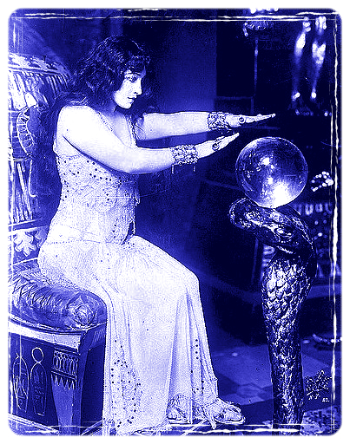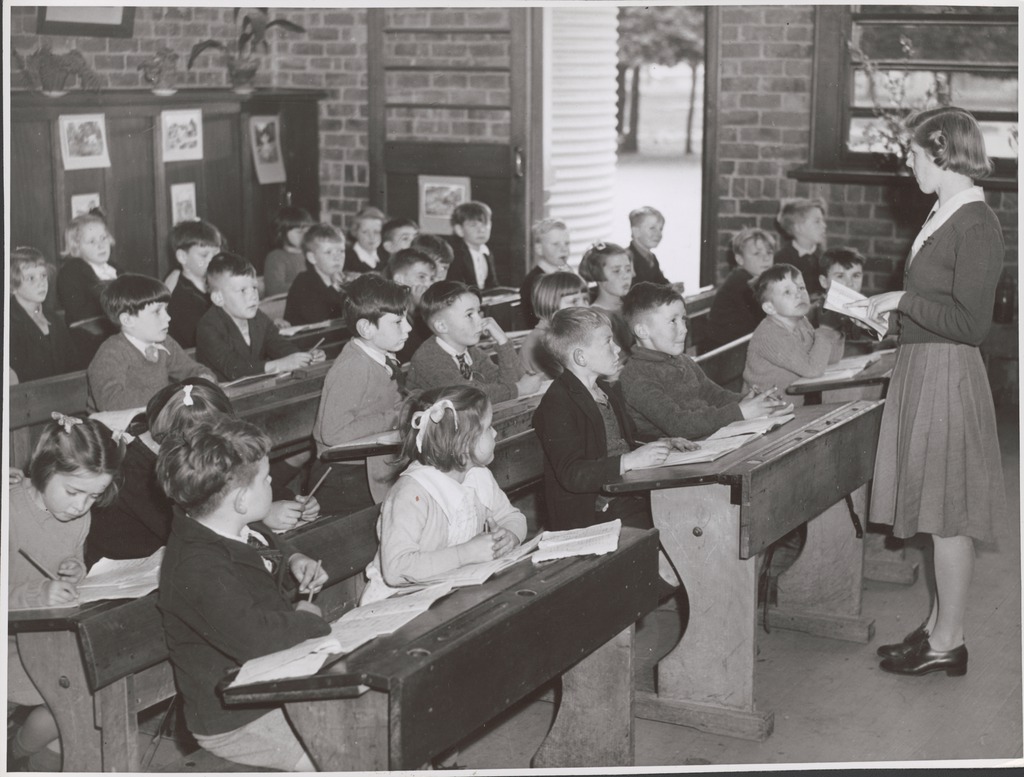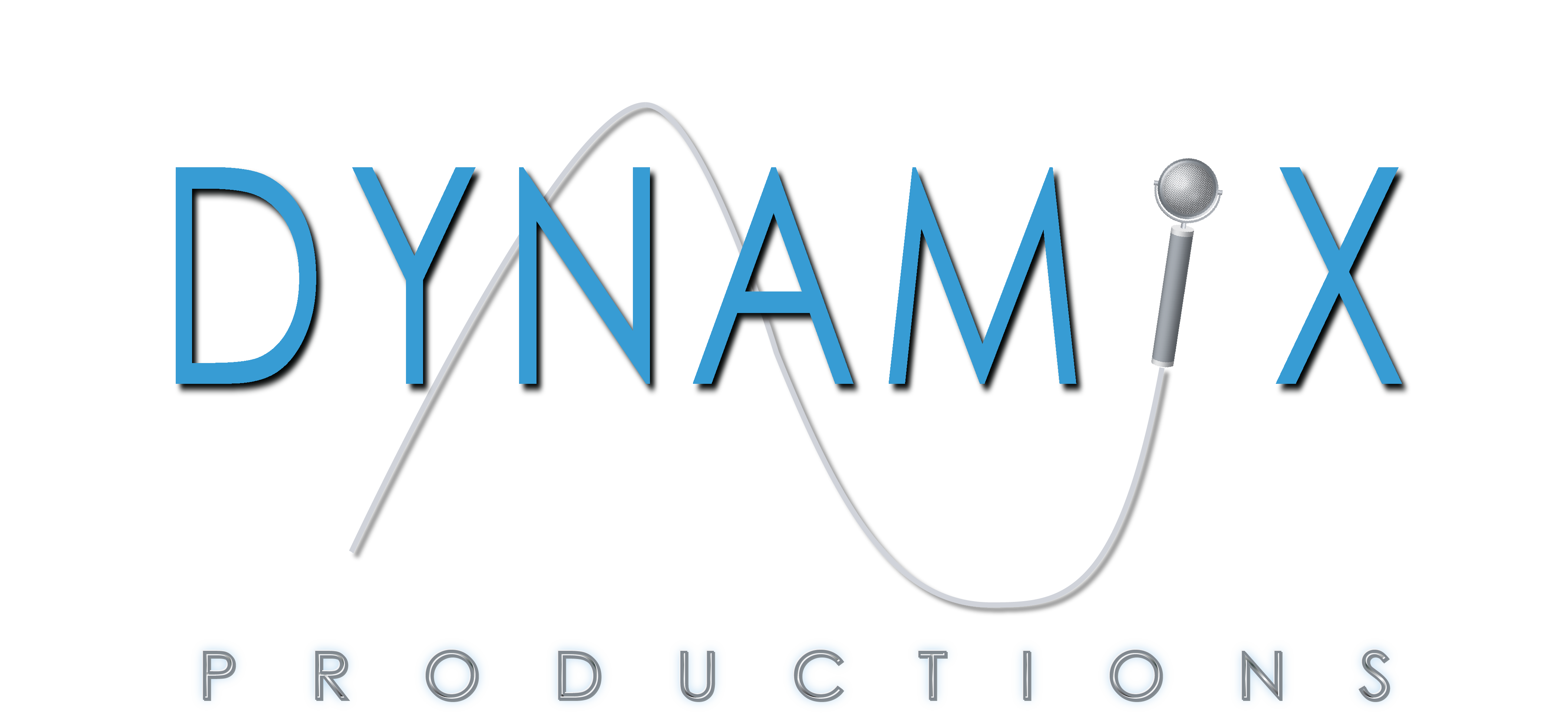
"Any sufficiently advanced technology is indistinguishable from magic."
Arthur C. Clarke
To the average person, audio can be a mysterious "myth-terious" thing. Many people don't want to admit that they are intimidated by the technical side of it, and that makes sense. The closest most people get to manipulating audio is adjusting the volume on their stereo.
People probably have more experience manipulating visuals. We create a picture with a camera, crop it, make it brighter, sharper, more colorful. We may even shoot a video and trim the beginning, cut clips together, or add a title in a simple movie editing program. But manipulating audio can be challenging and mystifying. It's rare that someone has competent audio equipment or software in their homes. Even some musicians with home recording gear will admit they know just enough to kill feedback or get something recorded on disk.
Most people are pretty adept at listening, though. We air-jam the lead guitar in our favorite song, or marvel at the sound of jets flying through our living room during an action movie. We also know when something just doesn't sound right.
When making a video on our smart phone, the most common problem is poor audio. What's poor about it? Most people will say that there's too much noise. Usually this means there is too much ambient sound because the microphone is too far away from the subject. The microphone is on the camera/phone, not close to the source. Next time you watch the news, notice the little microphone(s) clipped to the lapel or tie of the anchor. On the rare occasion that one fails, we hear the sound coming from one of the other anchor's mic. It's far away and sounds amazingly like a smart phone recording!
If you've ever watched behind-the-scenes videos of movie-making, you've undoubtedly seen the person holding a very large hot dog on a very long stick over the actor. It's not Oscar Mayer, it's the boom operator. That is a highly directional microphone that will reduce ambient noise but pick up the actor's voice with a natural balance between voice and background.
So let's put on our turbans, uncover the old crystal ball, and dive into some audio myths that you might find surprising.
Audio Myths
Myth #1:
Recording good sound takes years of experience.Not true. Simply reducing ambient noise may be enough to get clear sound. But getting the microphone as close to the subject or source is the first thing to do.
Myth #2:
Expensive microphones and recording equipment are needed to record good sound.False. I recorded an NPR-like radio feature using a $100 microphone. It included multi-layered environmental sounds and an interview. I've found that the microphone on an iPhone 5 and above will record decent audio in a pinch. See Myth #1.
Myth #3:
Because a microphone is built into my video camera, it must record good audio.Busted again. The microphone was put there by the marketing department. If you're twenty feet away from the subject and you're zoomed in for a tight head shot, where is the microphone? Twenty feet away on the camera! Just because your eyes see something close, the microphone won't. Get a mic up there!
Myth #4:
My ears hear the subject just fine, so the microphone will hear exactly what I do.False-err-een-o. Your ears are connected to your brain, which selectively filters out what it doesn't want to hear. A microphone has no brain and is dumb. Here's a fun test you can do. Right now, one-at-a-time, listen to everything in the room and coming from outside. Do you hear a clock ticking? The furnace running? A siren? Yourself breathing? Did you hear those before I told you to listen? Your ear is just like that dumb old microphone - it heard everything. Your brain filtered out what wasn't important. When recording, choose the right microphone, get rid of the ambient noise, and get it close.
Myth #5:
It's cheaper if I shoot my video using the onboard microphone. I can always fix it later in edit.Nada. In most cases, you'll be dissatisfied. In some cases, you'll be calling someone like me to try to fix the bad sound. It can cost at least as much or more to help bad audio than hiring an audio recordist with good equipment for a day. Plus, it will never really sound as good as it could with properly recorded audio. It's still twenty feet away.
Myth #6:
They put all those audio tools in my video editing program. That must mean I can get perfect audio using those tools.Well...yes and no. If the audio was recorded properly, sometimes less is more. But they were really put there as a convenience (and by the marketing department again). Sometimes, all you need is a little equalization and dynamic control. But with the ever increasing formats and places we see video, the sound requirements can vary drastically. For instance, did you know there are different level and peak requirements (and metering devices) for television, radio, cinema, and DVD/BD? Plus, music, web, audiobooks, internal communications, and other formats have no standard level. Are you sure you have the right tools to confidently deliver to all those places?
Myth #7:
I just have voice-over and music, I'll just lower the music so I can hear the voice and it'll be good enough.
Not so fast, partner. If you want to lasso that voice and still let the music have impact, you have to start by herding the parts of the music that are gettin' in the way. By selectively reducing certain frequencies that are stampeding the voice, you can bring the music level back up. But it doesn't stop there. Using some ace-high dynamic control, you can have the music ducked anytime the voice gets lost under the music. Try them spurs on.
Myth #8:
Plug-ins, processors, etc must be used on recordings to make them sound good.Oh, si faux. The holy grail for recording engineers is to record something that needs no manipulation whatsoever. If one chooses the right location, the right microphone(s), the right placement, and captures a truly perfect performance, then you're halfway there. The best recording is in the ear of the beholder. I was once told by a seasoned engineer that instead of using equalizers to boost or cut frequencies, they would chose microphones that had the sound they wanted. Magnifique.
Myth #9:
You must have expensive and complicated audio software to produce great sound.Of course I'm going to debunk this one. Ones and zeros are ones and zeros. The input into a recorder or computer is the critical part here. It must be able to record the strongest signal with the least amount of noise and digital artifacts. Although there is low-/no-cost software that can degrade audio quality, most offer a wide range of acceptable editing and manipulation tools. The most common distinctions between low-/no-cost software and higher-cost ones are support, upgrade frequency, and more control over parameters. One of the most powerful programs out there - Audacity - is free.
Myth #10:Digital is better than analog.This is a loaded double-barrel shotgun question. It can only really be answered by the user. If one wants smooth, natural-sounding, and expanded dynamic range, then analog might be a good fit. If one wants cutting edge, fast workflow, and unlimited manipulation tools, then digital is probably a good fit. There are valid arguments for both sides. When cost-effective digital audio workstations (DAW) first came on the scene, they were integrated into existing analog rooms. After a decade or so, studios ditched most analog gear and fully embraced digital. Now, a lot of studios are re-integrating analog gear and techniques back into their workflow. The current ideal studio is a blend of digital and analog.




